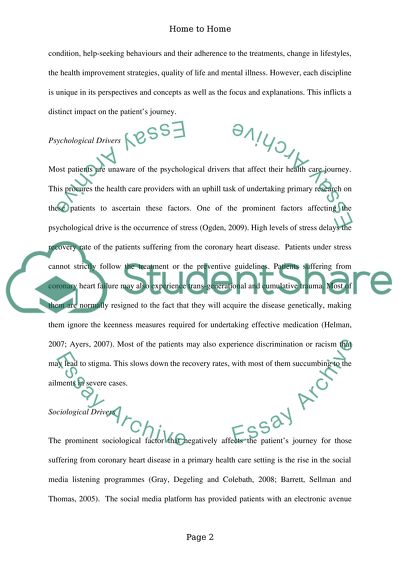Cite this document
(“Home to Home Essay Example | Topics and Well Written Essays - 1750 words”, n.d.)
Retrieved from https://studentshare.org/nursing/1469066-home-to-home
Retrieved from https://studentshare.org/nursing/1469066-home-to-home
(Home to Home Essay Example | Topics and Well Written Essays - 1750 Words)
https://studentshare.org/nursing/1469066-home-to-home.
https://studentshare.org/nursing/1469066-home-to-home.
“Home to Home Essay Example | Topics and Well Written Essays - 1750 Words”, n.d. https://studentshare.org/nursing/1469066-home-to-home.


